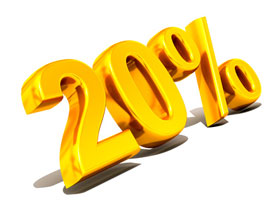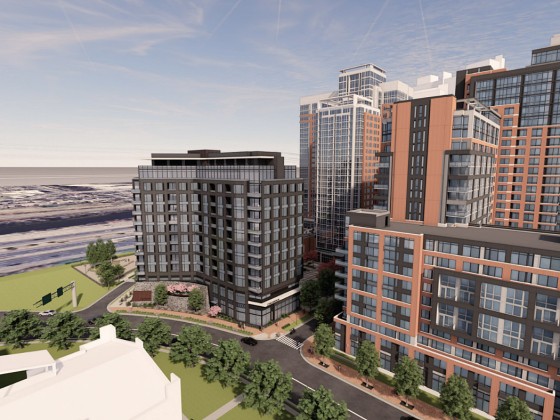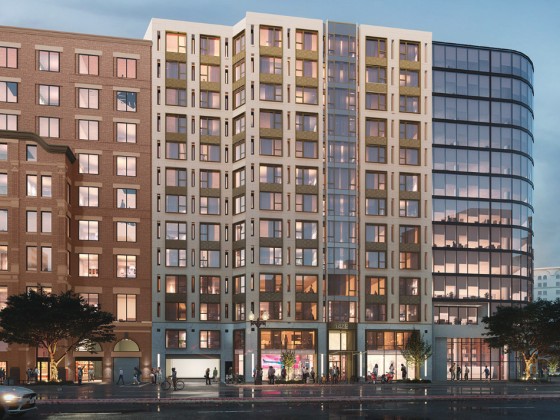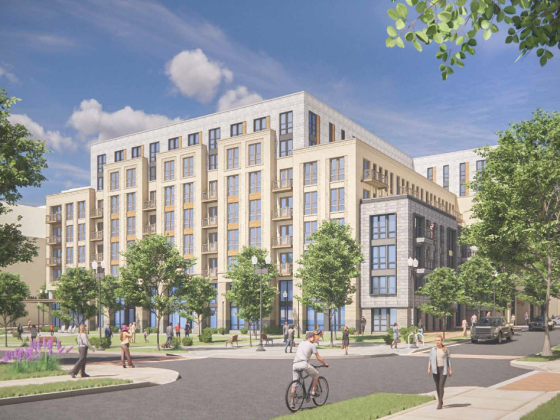What's Hot: 110-Unit Condo Project Planned in Alexandria Coming Into Focus | DC's Most Anticipated Restaurant To Open Its Doors
 Skin in the Game: Qualified Residential Mortgage Update
Skin in the Game: Qualified Residential Mortgage Update
✉️ Want to forward this article? Click here.

Today will likely be remembered as the day that the country waited with bated breath as a debt ceiling deal was worked out. But for the residential real estate world, it is important for another reason.
August 1 marks the end of the public comment period for mortgage-related provisions from the Dodd-Frank Wall Street Reform and Consumer Protection Act. One of the provisions that could have the biggest impact on homeowners in the foreseeable future is the institution of the qualified residential mortgage (QRM). In short, the bill is requiring institutions that issue mortgage-backed securities to keep some “skin in the game” which means holding five percent of the loans that they gather and sell as securities. Because this provision will likely mean increased costs for banks and borrowers, Congress created the qualified residential mortgage, which would be exempt from the new rules.
The term has now been tossed around for months, but actually getting a straight definition has been tougher than expected, in part because the exact definition has yet to be determined. Under the Dodd-Frank act, a QRM is defined as a mortgage with:
- No negative amortization (when the payment made by the borrower is less than the interest due and the difference is added to the loan balance)
- No large balloon payment (a large balance that comes due at the end of the life of a mortgage)
- Verification of Income (VOI) and Verification of Assets (VOA)
- A debt-to-income ratio based on a fully-indexed rate
- Total points and fees not in excess of three percent of the loan amount
- A maximum loan term of 30 years
However, QRMs would also require a 20 percent down payment, a stipulation that would, combined with the lowering of government-backed loans on October 1, likely have a serious affect on the housing market.
Or maybe not.
In mid-February, an analysis for The Wall Street Journal by Zillow.com revealed that the median down payment in nine major U.S. cities rose to 22 percent last year on properties purchased through conventional mortgages. That percentage doubled in three years and represents the highest median down payment since the data were first tracked in 1997. (Note: This statistic is a little misleading because it doesn’t address the fact that FHA loans, which typically only require 3.5 percent down, have continued growing as an overall percentage of mortgages.) Recall that 20 percent down was long the standard down payment before lower down payment options became popular in the last 10-15 years.
The exact definition of a qualified residential mortgage may not be determined for some time. The proposed changes are being reviewed by the Department of Housing and Urban Development, the Treasury Department, Federal Reserve Board, Federal Deposit Insurance Corporation, the Federal Housing Finance Agency and the SEC, but there is no deadline as to when a final decision will be made.
See other articles related to: dodd-frank bill, loan limits, mortgages, qualified residential mortgages
This article originally published at http://dc.urbanturf.production.logicbrush.com/articles/blog/skin_in_the_game_qualified_residential_mortgages/3896.
Most Popular... This Week • Last 30 Days • Ever

A look at the closing costs that homebuyers pay at the closing table.... read »

3331 N Street NW sold in an off-market transaction on Thursday for nearly $12 million... read »

Paradigm Development Company has plans in the works to build a 12-story, 110-unit con... read »

The development group behind the hotel has submitted for permit review with DC's Hist... read »

The map and text amendment applications that were filed with the Commission last Octo... read »
- How Do Closing Costs Work in DC
- Georgetown Home Sells For $11.8 Million, Priciest Sale in DC In 2024
- 110-Unit Condo Project Planned in Alexandria Coming Into Focus
- Georgetown Hotel That Is Partnering With Jose Andres Looks To Move Forward
- The Zones That Could Lead To More Development in Chevy Chase Set To Go Before Zoning Commission
DC Real Estate Guides
Short guides to navigating the DC-area real estate market
We've collected all our helpful guides for buying, selling and renting in and around Washington, DC in one place. Start browsing below!
First-Timer Primers
Intro guides for first-time home buyers
Unique Spaces
Awesome and unusual real estate from across the DC Metro














